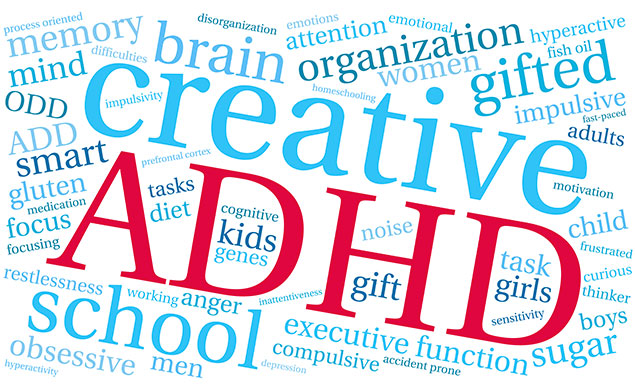3 Tips for Teaching Children With ADHD

by freelancer Gemma Bond

Children with ADHD (Attention Deficit Hyperactive Disorder) are often misunderstood, and teaching them can be very frustrating at times. The ADHD child will suffer to concentrate or sit still [1] and you may find them leaping out of their chair to point out something insignificant that they spotted out of the window rather than focus on your lesson plan. This can make having a child with ADHD in your classroom seem very challenging, particularly as elementary school children are often easily distractible and may struggle to concentrate for long periods of time.
ADHD is often diagnosed at a very early age and as a general rule, the earlier the diagnosis is made the easier it is to manage the condition in the classroom. If you are parenting or educating a child with ADHD [2] then here are a few hints and tips for managing the condition in the classroom and giving the very best education opportunities possible to those ADHD children:
Focus on Clarity
It is estimated by the American Academy of Child and Adolescent Psychiatry that there is at least one child with ADHD in every classroom in America, [3] making the role of the teacher vital in ensuring those children get the education they deserve. One of the most important thing any teacher can do for the ADHD child in their classroom is to establish a calm and structured classroom environment which has a clearly laid out and consistent set of rules. Write down your classroom rules as concisely as possible and display them at the front of the classroom clearly so that attention can always be drawn to them when attention wanders or behaviors deviate from the clearly displayed rules. Offer positive reinforcements when the rules are followed and reward positive behaviors immediately, so that the student quickly realizes that following the clearly laid out and defined rules is effective and reaps rewards.
Move into Smaller Group Environments
Children with ADHD often struggle to concentrate or learn in large group settings, and the draw of too many other people can be immediately distracting. Therefore if you have the resources to do so then your young students may find it valuable to be moved into smaller groups [4] You could also set up a safe space at the back of the classroom so that if your student finds themselves unable to cope and concentrate fully in a large group environment they have somewhere that they can retreat to. The place you position your ADHD students desk can also affect their behavior; minimize the disruptions and distractions the classroom environment presents by choosing a seat that is away from the window and away from the classroom door. If you feel it would be beneficial then the seat in front of your desk may well be a good learning environment [5] and will enable you to provide support and reassurance as and when it’s needed.
Break Down Long Projects
Finally, one of the things that the ADHD child tends to find most difficult in the class room is maintaining a consistent focus on a long term project; from completing regular nightly homework to working on a project that will last the duration of the school year. You can make this easier by breaking down any long term project into smaller and more manageable chunks, and by asking your student to show you their progress at regular intervals [6] so that they aren’t being left alone to work without support, and run the risk of becoming distracted and simply not completing the work they have been assigned. Please also check out some of the kidCourses content, as we’ve received positive feedback from parents and teachers who work with children with ADHD. The material is well laid out, easy to follow and broken down into manageable chunks so that children do not feel over faced, over burdened or lose concentration too quickly. The material is well set out, easy to follow and broken down into manageable chunks so that children do not feel over faced, over burdened or lose concentration too quickly.They may need a little more support and attention, but with the right support, the ADHD child can thrive and succeed in your classroom.
Additional Reading
[1] “ADHD (Attention Deficit/Hyperactive Disorder)”, Psych Guides, http://www.
[2] “Parenting kids with ADHD: 16 tips to tackle common challenges”, Psych Central, http://psychcentral.
[3] “How can teachers help children with ADHD?” Education World, http://www.
[4] “Teaching students with Attention Deficit Disorder/ADHD”, Help Guide, http://www.helpguide.
[5] “ADHD: A guide for UK Teachers”, Living with ADHD, http://www.
[6] “Strategies for primary school teachers dealing with ADHD”, Net Doctor, http://www.netdoctor.
[7] Mini lessons on KidCourses https://kidcourses.com/
